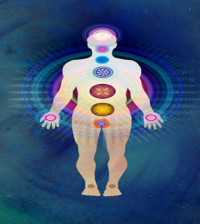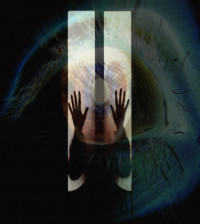- 5 Tips To Finding Peace Within Yourself
- The Do’s and Don’ts of Learning How to Accept Yourself
- How to Find Your Inner Peace and Transform Your Life
- 8 Benefits of Having an Open Mind and How to Get One
- Learn How To Be A Happier Person
- What Is The Meaning Of Life?
- Laws of Abundance – The Riches of Love and Joy
- How to Be Laid Back By Following These 9 Simple Strategies
- The meaning of confucius’ golden rule – 4 practical ways of living it
- 3 methods of unleashing the power of contentment in your life
Your Guide to Chronic Pain Management Techniques

Approximately one in seven Americans suffers from chronic pain. Whether you have experienced your pain for 3 or 6 months, you will be all too aware that that it will affect every facet of your life. Chronic pain will drain you physically and emotionally and can cause:
- Loss of appetite
- Sleeping problems
- Mood changes, especially irritability
- Fatigue
- Depression
- Compromised immune system
- Activity restriction
- Loss of mental acuity
This level of discomfort is a life-changing situation and it is important to look for chronic pain management techniques if your level of discomfort persists. There are a number of conditions that can cause chronic pain, such as arthritis, diabetes, cancer, gastrointestinal diseases, injuries, spinal problems, and damaged nerves. Sometimes, chronic pain will exist without any recognizable cause. Pain killers will generally be able to do only so much, and there is always the fear of addiction with the stronger ones.
However, there are a number of chronic pain management techniques that can lighten your pain load and help you resume your ordinary activities. It will usually take some time before you actually start to feel relief, but sticking at these techniques will yield results that will help end your suffering and allow you to live a more normal life.
- Arthritis is a debilitating, painful disease that affects the joints, making movement slow and stiff. The response of the average arthritis sufferer is to sit down and stay sitting. However, this is the worst approach to chronic pain management – the joints will only become more stiff and inflamed. Exercise is the key to helping to provide relief, and not only for those with arthritis. Blood flow is increased when you exercise, which means that more nourishment is brought to healthy tissues, strengthening them. Exercise also helps to stimulate the production of endorphins, which are helpful in reducing pain.
- We often tend to think of our minds and our bodies as two separate entities, but getting them to work together is a very effective chronic pain management technique. One of the best ways to get the mental and physical to work together is by meditation. As with exercise, meditation releases endorphins. It also produces relaxation which causes better circulation and releases tension on nerve fibers.
- Massage therapy is another way that can provide relief from chronic pain. When compared to Standard Medical Care, SMC, massage comes through with flying colors. Not only is the level of pain relief at least comparable as that achieved through prescription medication, but the effects are longer lasting. Patients were able to report less pain even three months after massage therapy had ended, making this another great chronic pain management technique.
- When conventional means for dealing with continuous pain have failed for one reason or another, it’s not surprising that people will turn to new therapies. In the case of acupuncture, however, it’s actually a very old therapy that is being used. Originating in East Asia centuries ago, acupuncture uses very fine needles to alter the flow of energy through the body, and sometimes directly interrupt the pain signals being sent to the brain. While it may not be for everyone, it has provided relief for some.
- Self-hypnosis has a great deal in common with meditation in that it causes relaxation and a shutting out of the surrounding world. However, unlike meditation, self-hypnosis is used to send a direct message to the problem area. It is another way, as is meditation, to getting in better touch with yourself and exerting some control over the pain.
These chronic pain management techniques can help you to relieve some measure of your discomfort and resume normal activities. They are not mutually exclusive, however, and an even better result can be achieved by combining meditation with exercise and massage therapy. You have nothing to lose but your pain and unhappiness.








































You must be logged in to post a comment Login